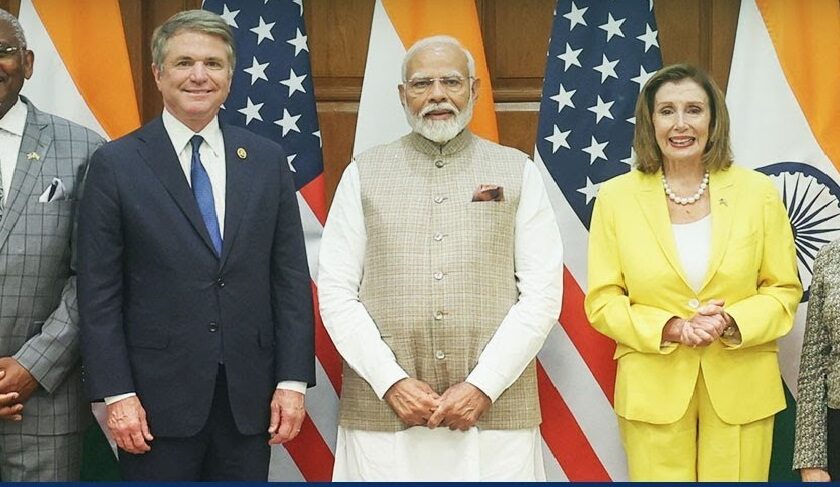Geopolitical Maneuver or Domestic Distraction?
India’s abrupt change in its Tibet policy is causing debate, with many trying to make sense of it. One major reason is the BJP’s attempt to divert attention from its recent electoral setbacks by making a dramatic geopolitical move. This new policy aims to overshadow the Indian Congress’s celebrations of a stronger mandate in the 2024 elections, while also signaling Modi’s willingness to confront China, even if it means risking tensions.
India’s Shifting Stance Under BJP Leadership
Under BJP leadership, India is reviewing its longstanding foreign policies, agreements, and issues, which could be risky. For example, India has recognized Tibet as part of China since 1954 under the One China policy. Recently, India has hinted at re-evaluating agreements like the Kachatheevu island issue with Sri Lanka, which had been settled before. There have also been occasional talks about reassessing the Indus Water Treaty with Pakistan.
India is also involving the US more strategically in its politics, showing it can and will stand up to China, partly to support American interests. This move also aims to get US support for India to become a permanent member of the UN Security Council.
India’s Calculated Pressure on China and its Implications
India’s recent assertive stance towards China is more about pressuring China to settle the border dispute at the Line of Actual Control (LAC) and to rethink its support for Pakistan on Kashmir, rather than a true capability to confront China directly. However, India’s approach risks irritating China and worsening the bilateral environment, especially given China’s stake in Kashmir and Ladakh. China views India’s shifting policies and occasional military ventures with the US through the Quad as provocative and has expressed displeasure over India’s recent policies on Kashmir.
China’s Infrastructure and Recruitment in Tibet and India’s Strategic Response
Chinese authorities have established extensive infrastructure in Tibet, including border villages, and have successfully recruited a significant number of Tibetan youth into the PLA. This recruitment strategy aims to leverage the physical resilience of Tibetan recruits to excel in the harsh mountainous terrain along the LAC, particularly against Indian security forces. The Indian military has responded with concern and is now urging US involvement to dissuade Tibetan youth from joining the PLA. However, this reactive approach lacks maturity as a strategic response.
Conclusion
India’s recent change in Tibet policy under BJP leadership has sparked worries. It seems aimed at shifting focus from domestic issues and taking a tougher stance against China. This approach by the BJP could lead to more problems and affect long-standing agreements, making peaceful coexistence in South Asia harder. India needs to avoid risky foreign policy moves, prevent rising tensions, and concentrate on talking constructively to help peace and prosperity in the region.
The author, Atta Rasool Malik, a veteran from Pakistan’s semi-tribal regions, possesses an M.Phil. in international relations from the National Defence University, Islamabad. His expertise spans South Asian and Middle Eastern politics, political economy, and Islamic and Jewish theology.

